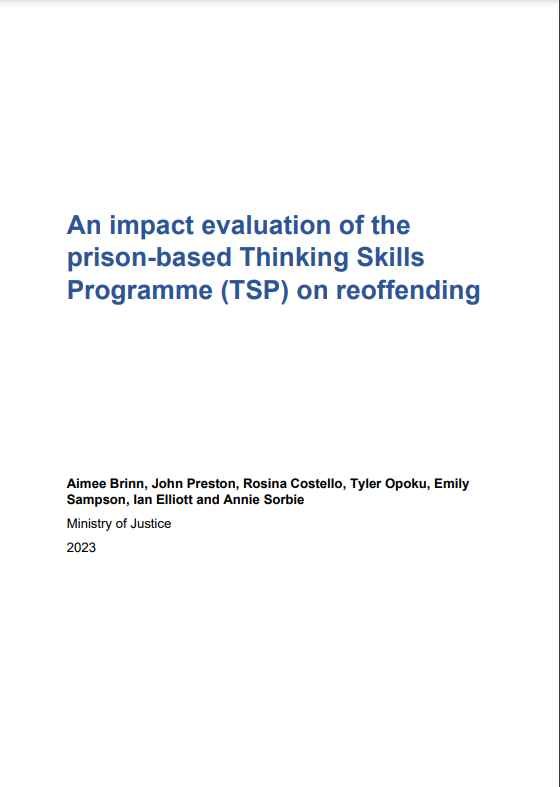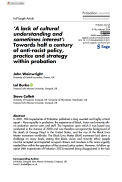By JUSTICE - Chair of the Committee Professor Nicola Padfield QC (Hon)
Through the parole system, the State exercises one of its most important functions – the protection of the public from serious criminal offending – and also its most coercive power – the deprivation of an individual’s liberty. It is therefore vital that the process operates effectively and that the decision-making body responsible for determining continued detention can carry out its role fairly and independently. The report recognises the range of positive developments and hard work that have gone into improving the parole system over recent years. However, backlogs and delays remain problematic, in part due to changes in sentencing policy which have resulted in lengthier periods in custody and more complex sentencing regimes. As a result, the parole process continues to be difficult for prisoners and victims to understand and to navigate. This raises a multitude of human rights concerns around effective participation and procedural fairness. The report looks both at the Parole Board itself and the roles and responsibilities of the organisations upon which it depends to receive information and make decisions including prisons, the Public Protection Casework Section, which is responsible for ensuring parole timeframes are complied with as well as building the parole dossier, and the Probation Service, which supervises an individual in the community and has the power to initiate the recall of people for breach of licence conditions. Crucially, the report also questions the purpose of the parole system. For too long and for too many people, public protection has been regarded as synonymous with keeping individuals in prison. Yet rehabilitation and the reduction of crime are vital (and statutory) purposes of the penal system. Viewed in this light, outcomes that result in someone’s continued detention or recall should be seen as a possible failure of the system– for the individual prisoner, their victim, and the general public. This report is intended to offer a comprehensive review by a group of experts in the field, who propose a number of practical, achievable, and well-evidenced recommendations to build a parole system that is truly fit for purpose.
London: JUSTICE, 2022. 154p.






















